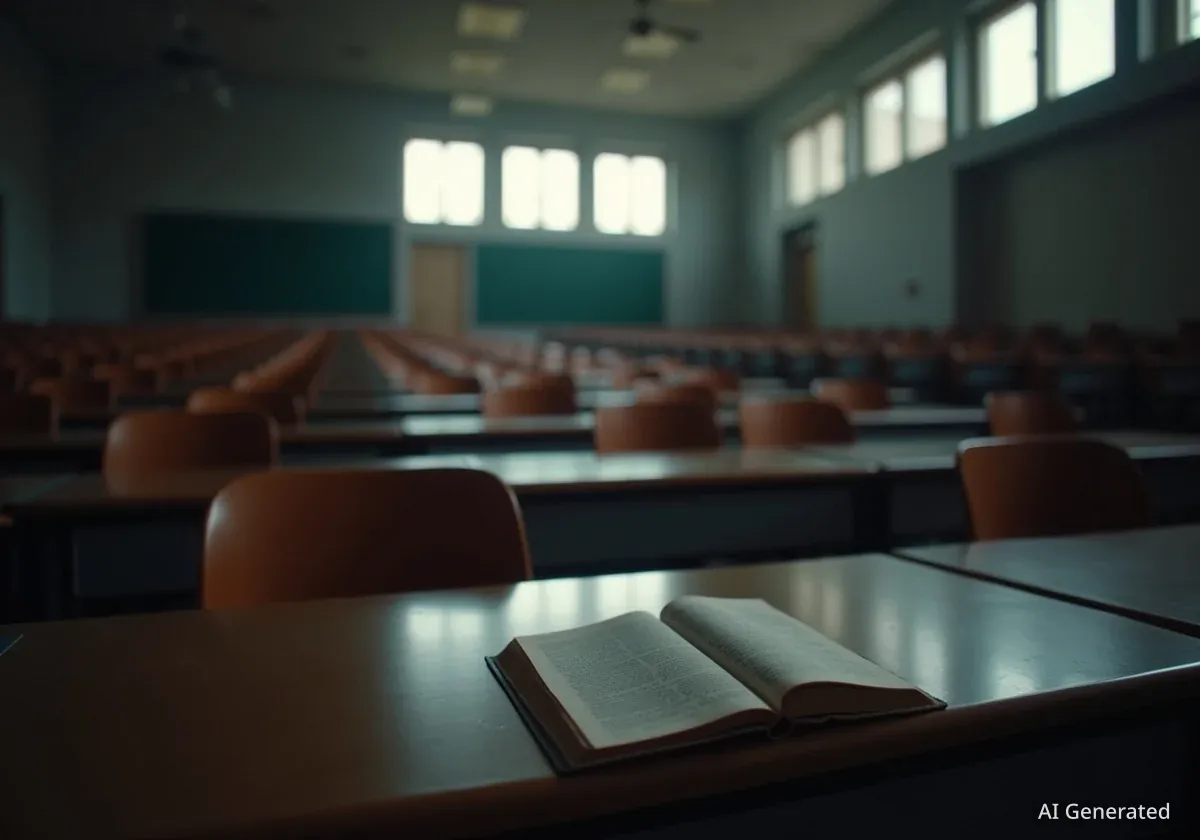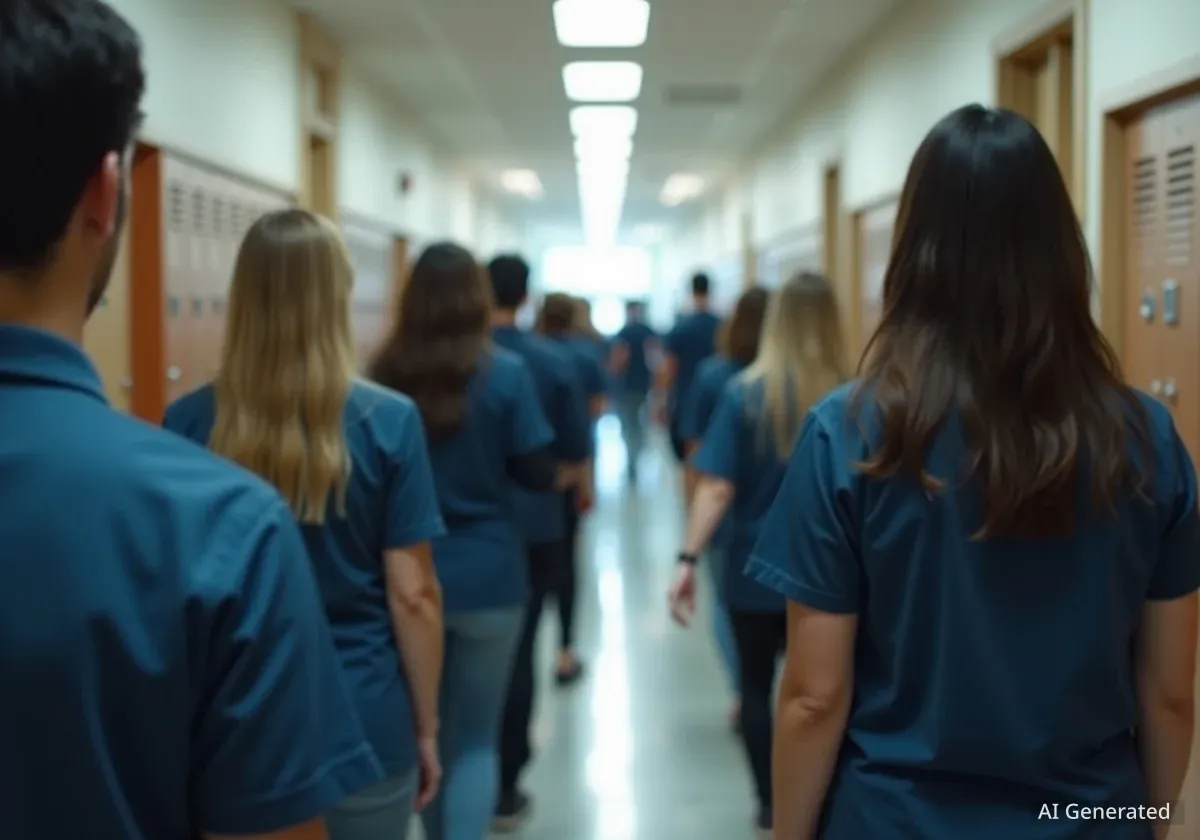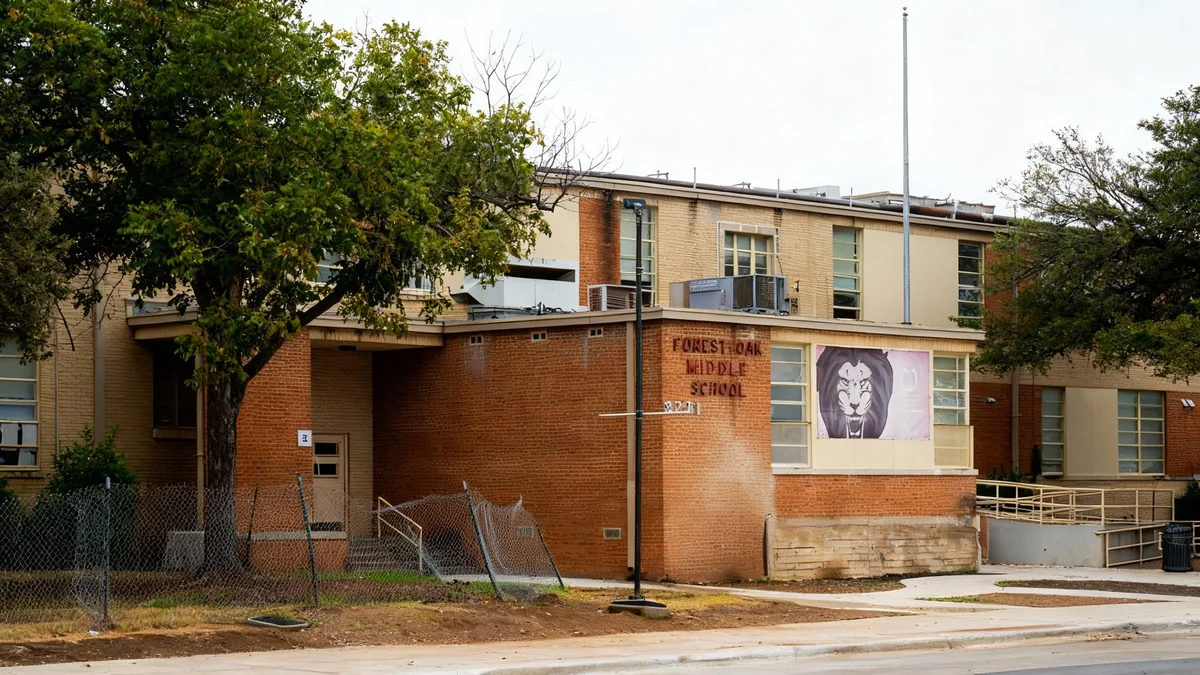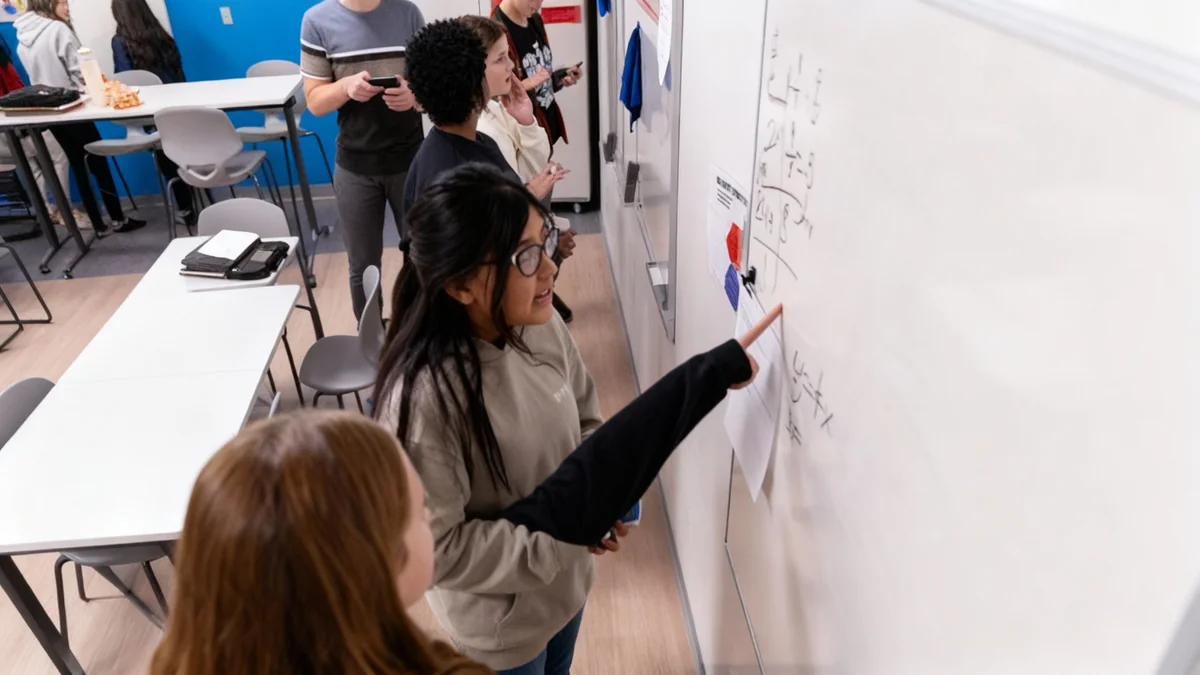Dr. Joseph Savoie, who served as president of the University of Louisiana at Lafayette for 17 years, will transition to a tenured faculty position within the university's College of Education. This move comes as the institution confronts a significant budget deficit and implements widespread spending cuts.
The agreement, detailed in an August 14 letter, outlines Savoie's future role following the conclusion of his term as president emeritus on December 31, 2024. His new appointment is set against the backdrop of major financial challenges that emerged under his leadership.
Key Takeaways
- Dr. Joseph Savoie will become a tenured faculty member in the College of Education starting in fall 2026 after a paid sabbatical.
- His compensation will be based on the average of the top three salaries within the College of Education, beginning January 1, 2025.
- The university is currently addressing a multi-million dollar structural budget deficit that developed during Savoie's presidency.
- Interim President Jaimie Hebert is leading efforts to cut costs, which include staff reductions and budget decreases across most departments.
Savoie's Transition to Faculty
Dr. Joseph Savoie's long tenure as the leader of UL Lafayette concluded at the end of July, a year ahead of his originally scheduled retirement. Following his departure, he assumed the role of president emeritus, a position that includes his annual presidential salary of $510,000 until the end of 2024.
According to the terms agreed upon with UL System President and CEO Rick Gallot, Savoie's transition will occur in phases. Beginning January 1, 2025, he will start a six-month paid sabbatical. After the sabbatical, he is scheduled to begin his duties as a full-time tenured faculty member in the fall 2026 semester.
Compensation and Academic Background
Once his sabbatical begins, Savoie's salary will be adjusted. His new pay will be calculated as the average of the top three salaries within the UL Lafayette College of Education. This compensation structure will continue throughout his faculty appointment.
Savoie's academic credentials align with his new role. He holds both a bachelor's and a master's degree in education from UL Lafayette. He furthered his studies at Columbia University's Teachers College, where he earned a doctorate of education in educational leadership and administration.
Leadership and Resignation Timeline
Dr. Savoie's departure occurred six months after he received a "satisfactory" annual evaluation. His decision to step down also followed the abrupt resignation of Jerry Luke LeBlanc, the university's longtime chief of finance, less than three months prior. These events preceded the public disclosure of the university's severe financial problems.
Unveiling a Major Financial Deficit
Shortly after taking the helm, Interim President Jaimie Hebert revealed the extent of the university's financial instability. In a series of town hall meetings with faculty and staff, Hebert disclosed that UL Lafayette is facing a significant structural deficit, which he initially placed at $25 million.
This figure was presented after the university had already taken steps to close an initial budget gap of approximately $60 million. The disclosure confirmed long-standing speculation about the institution's financial health, which had been fueled by repeated audit deficiencies noted in recent years.
Key Financial Figures
- $60 Million: The initial budget gap the university worked to close.
- $25 Million: The remaining "structural deficit" after initial cuts.
- 10%: Budget reduction target for all divisions except Academic Affairs.
- 5%: Budget reduction target for the Academic Affairs division.
Hebert attributed the deficit to a combination of factors that developed over the past decade. He pointed to a steady decline in full-time undergraduate enrollment and a simultaneous, unsustainable increase in the number of staff positions as primary drivers of the financial shortfall.
Implementing Austerity Measures
To address the budget crisis, the university administration has initiated a series of cost-cutting measures. Hebert has confirmed that job losses are an unavoidable part of the solution, although a specific number has not yet been announced.
So far, six positions have been eliminated through departmental closures and restructuring. These initial actions include:
- Closing the Office of Sustainability and Community Engagement.
- Restructuring the Office of Communications and Marketing.
- Reorganizing the Office of Auxiliary Services.
These measures are part of a broader strategy to reduce operational expenses. All university divisions, with the exception of Academic Affairs, have been instructed to reduce their budgets by 10%. The Academic Affairs division faces a smaller 5% cut in an effort to minimize the direct impact on students and classroom instruction.
"Because of adjustments to our housing strategies and normal levels of attrition, the university will be able to accommodate all students on campus for the spring semester," UL officials stated in an email, confirming another cost-saving move.
The university is also terminating a costly hotel lease in January, a move intended to reduce auxiliary expenses. Officials have assured that on-campus housing will be sufficient for all students.
Navigating the Path Forward
The university's leadership is exploring all available options to restore financial stability, though some are being held as a last resort. Interim President Hebert has indicated that requesting a state bailout or selling off university assets, including its real estate portfolio, would only be considered if other measures fail.
In a related development, Hebert recently withdrew a request to appoint Savoie to the Cajundome Commission. Savoie had served on the commission during his presidency. Hebert announced he will appoint himself to the position instead, keeping the role tied directly to the current university leadership.
Despite the financial challenges, there are some positive signs for the institution. UL Lafayette enrolled its largest-ever freshman class in the fall of 2025 and reported an increase in overall enrollment compared to the previous year. However, the administration remains focused on the critical task of rebuilding the full-time, in-person undergraduate population, which is essential for the university's long-term financial recovery.





